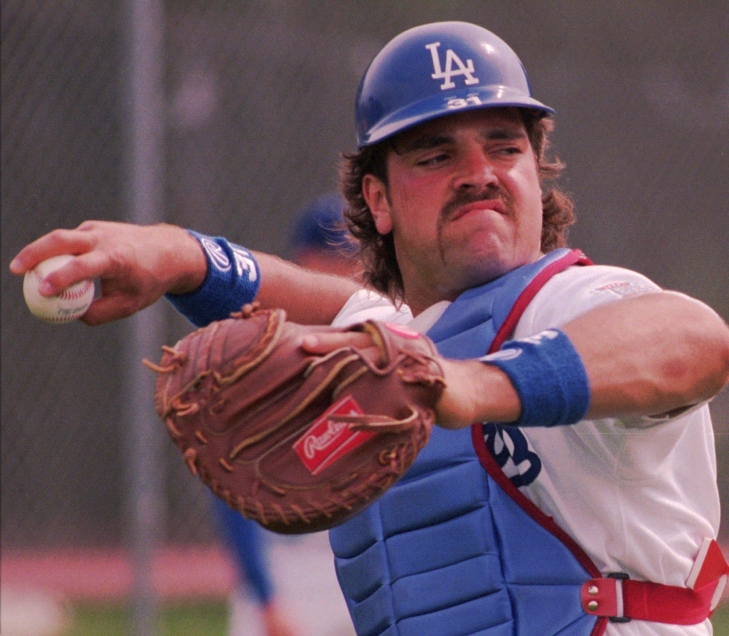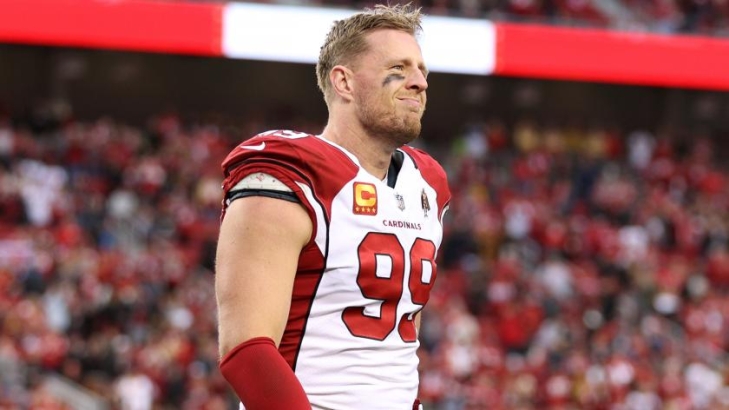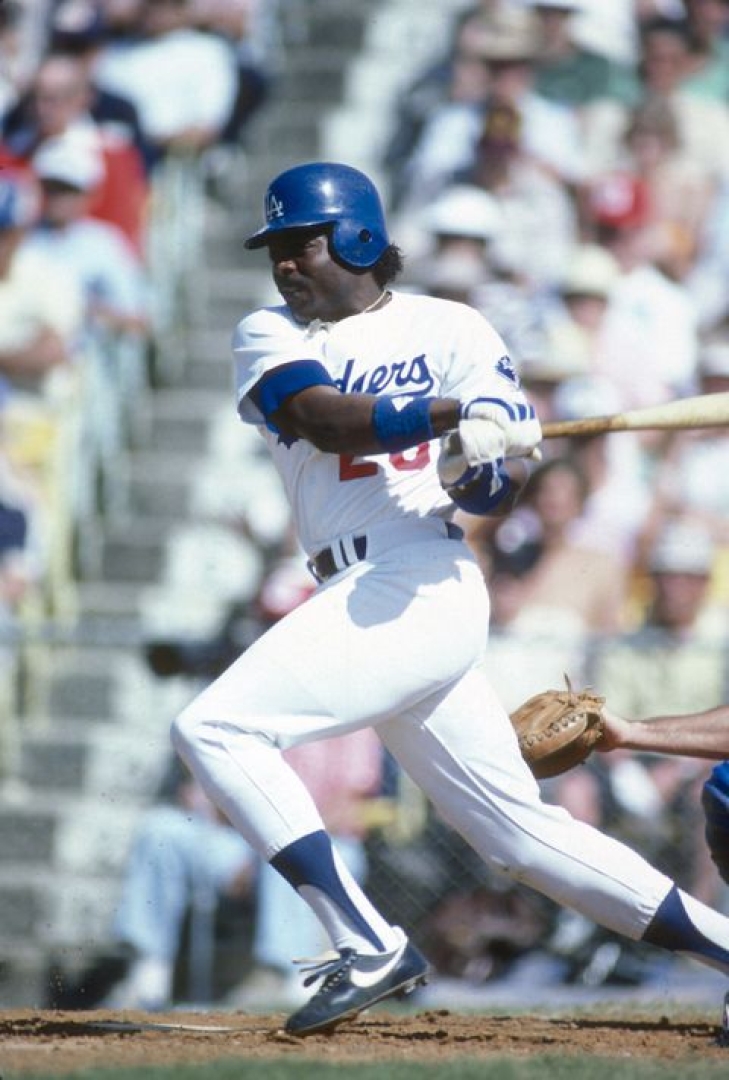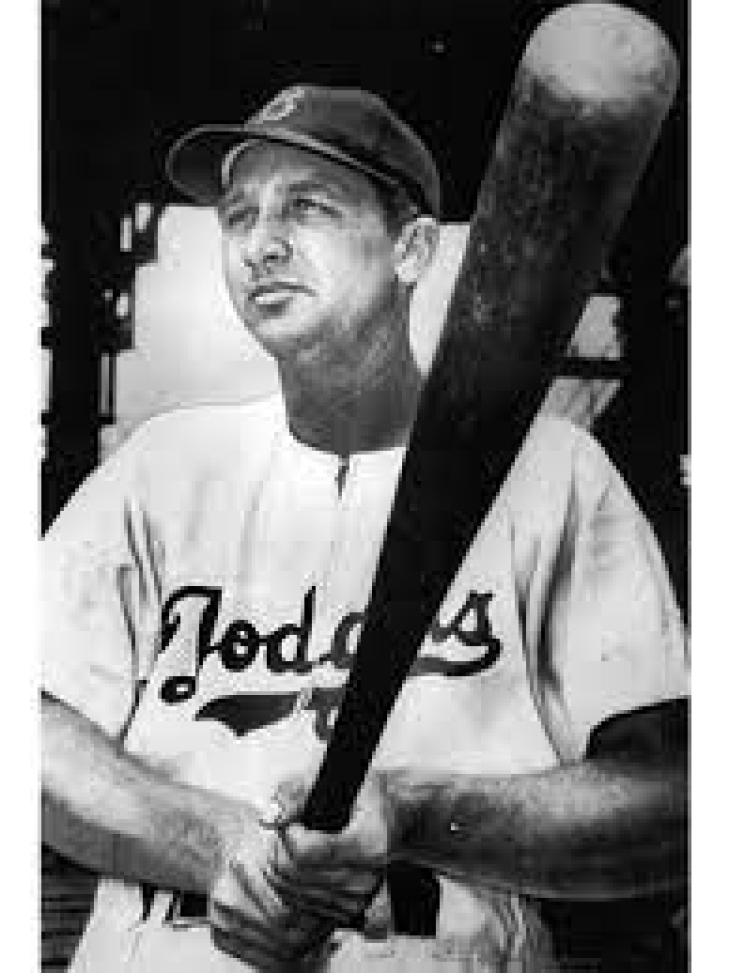
Committee Chairman
20. Mike Piazza
You could easily state that Mike Piazza is a Met. That is the team he entered the Baseball Hall of Fame as, but for our money, his best statistical accomplishments were in Los Angeles.
The story of Piazza is well known, with him only being drafted at all (62nd Round, 1,390th Overall) as a favor to his father, who was friends with Tommy Lasorda. Piazza played at First Base but moved to Catcher to hope for an easier path. Not only did that work out, but he is also considered one of the best-hitting Catchers in Baseball history.
Piazza blossomed in the minors and was a late-season call-up in 1992. He was named the Dodgers' starting Catcher in 1993, and he won the Rookie of the Year, batting .318 with 35 Home Runs and 112 RBI. A Silver Slugger and All-Star that year, Piazza continued to earn those accolades annually until 2002, though he left the team well before that streak ended. His best seasons were in 1996 and 1997, with back-to-back second-place MVP finishes, with his latter year being special (40 HR, 124 RBI, .362).
As great as Piazza was, the Dodgers looked to rebuild, and they traded Piazza in May of 1998 to the Marlins, who, a week later, dealt him to New York, where he led the Mets to a Pennant win in 2000. With Los Angeles, Piazza had an OPS of .966 (higher than his Mets one of .915), and his bWAR of 32.0 was significantly greater than what he did in New York (24.6).
Piazza was chosen for Cooperstown in 2016, his fourth year on theJ.J. Watt now retired. HOF in 2028?
One of the most spectacular defensive careers came to an end today as J.J. Watt, who announced two weeks ago that this would be his final NFL season. With the Arizona Cardinals out of playoff contention, today’s game against the San Francisco 49ers saw Watt ride off into the sunset.
Watt dominated as a Senior at Wisconsin, winning the Lott Trophy and earning All-American honors. The Houston Texans used their 11th Overall Pick to take the Defensive End, and he instantly became the face of the franchise.
After a good rookie year, Watt went on a four-year tear where he was easily the best defensive player in football. A First Team All-Pro in all four of those campaigns, Watt won three Defensive Player of the Year Awards (2012, 2014 & 2015), twice led the league in Sacks (2012 & 2015) and three times in Tackles for Loss (2012, 2014 & 2015). Watt was so dominant, that he won the 2014 Bert Bell Award, that institution’s version of the MVP.
Injuries held him to only eight Games in 2016 & 2017, but he added another monster season in 2018, adding a fifth First Team All-Pro, on the strength of a 16-Sack year.
Watt played more two more seasons with the Texans before signing with the Arizona Cardinals. Injured again for much of 2021, Watt’s final year was solid, accumulating 12.5 Sacks giving him 114.5 in total. His 195 Tackles for Loss also places him second overall.
As phenomenal as Watt was on the field, he was even more incredible off of it. Watt won the 2017 Walter Payton Man of the Year, after having raised $37 million in relief for those suffering from Hurricane Harvey, and his philanthropic efforts also including covering the funeral costs for the six victims of the Waukesha Christmas Parade Attack.
Watt is eligible for the Pro Football Hall of Fame in 2028, and he will be a first ballot Hall of Famer. He was ranked #5on our pre-2022 Season Ranking of active players, and bluntly, anyone that high is getting a bust in Canton right away.
We here at Notinhalloffame.com wish J.J. Watt the best in his post-playing career.
23. Pedro Guerrero
From the Dominican Republic, Pedro Guerrero was signed by the Cleveland Indians as an Amateur Free Agent in 1973 but was traded to the Dodgers well before he ever made the Majors.
Guerrero first made it to the main roster in 1978, though it was not until 1981 that he was a regular, going to his first of four All-Star Games with Los Angeles. Realistically, Guerrero's 1982 campaign was his real breakout, belting 32 Home Runs with 100 RBIs and batting .304. Guerrero was third in MVP voting and was fourth the year after, showing similar statistics (32 HR, 103 RBI, .298). Slipping a bit in 1984, Guerrero roared back with another top-five MVP performance in '85, batting .320 with 33 Home Runs while topping the NL in OBP (.422) and Slugging (.577).
While Guerrero was still providing good offense, the Dodgers opted to retool, trading him to the Cardinals for John Tudor in the summer of 1988. Guerrero had 1,113 hits with Los Angeles, with 171 Home Runs and batting .309.
19. Dixie Walker
Dixie Walker was a bit of a late bloomer, having at one time been considered Babe Ruth’s heir with the Yankees in Leftfield to becoming a true baseball star in his late 20s, but nevertheless, he did become one.
Walker was plucked off of waivers from Detroit during the 1939 campaign, and while he showed flashes of greatness with his second team, the White Sox, he was still relying more on potential than accomplishment. Batting .308 with 171 Hits in his first full year as a Dodger, Walker again batted over .300 the year after, with both seasons earning him a top-ten finish in MVP votes.
With World War II taking many of Baseball's stars away, Walker was one of the few remaining, and he won his first and only Batting Title in 1944 (.357) and an RBI Title in 1945 (145). Walker continued to bat over 300, and as Baseball players returned from service, he was still a potent player, finishing second in MVP voting in 1946.
After one more good season, he was traded to Pittsburgh, but by that time, age had caught up to Walker, and he did not offer much to the Pirates.
As a Dodger, Walker batted .311 with 1,295 Hits.





